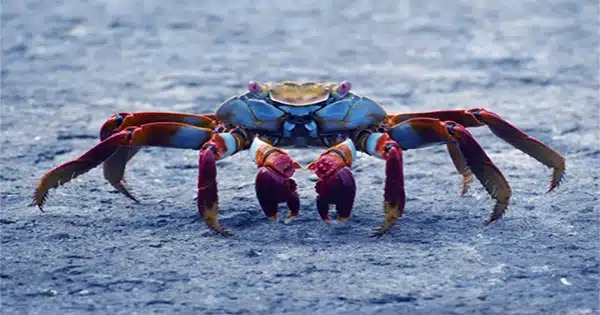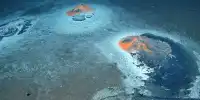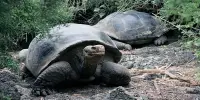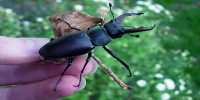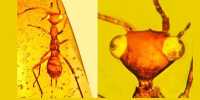If you’ve spent enough time on the Internet, you’ve probably come across the meme that, sooner or later, everything turns into crabs.
Whether you’re a fish or Sean Penn, you’ll become a crab sooner or later, according to the meme. While this is obviously an exaggeration, it is based on some amusing evolution. For you see, everything in nature (luckily, only crustaceans) seemed to desire to be a crab.
Evolution appears to constantly spitting out species that look like crabs, much like tech bros repeatedly trying to build a new mode of transportation and accidentally recreating the bus. Carcinization was first used as a concept in 1916, and it was characterized as “one of nature’s many attempts to evolve a crab.”
Convergent evolution occurs when similar features arise in species from different eras or areas that have a similar form or function, despite the fact that the animal’s or plants’ last common ancestor did not have that particular feature. Consider how echolocation originated in both whales and bats, and how flight mechanics evolved in birds, insects, pterosaurs, and bats. (Get your own evolutions, and bats, and stop stealing everyone else’s).
According to the video above, many things that you may reasonably name crabs (since they appear and act like, well, crabs) aren’t truly crabs; they simply “evolved into something that looked like crabs.” Independently. “Time and again.”
Creatures that resembled lobsters got more squished during the Cretaceous epoch, and their smaller rear legs developed longer and more crablike. The advantage appears to be that the crab shape allows them to walk and burrow more efficiently, with some crabs even being able to climb trees as a result of the shape (see the terrifying main image).
